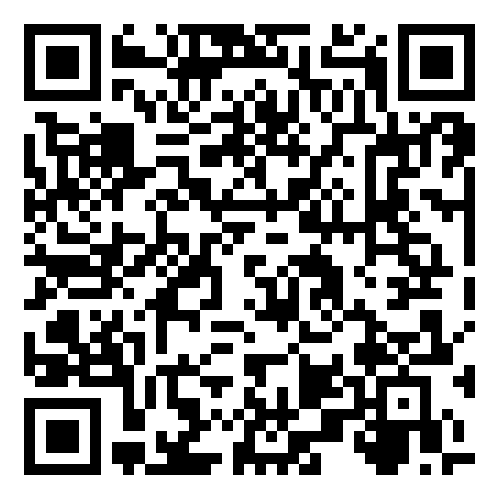Meetings, Congress News, Society News, Inside ESCRS, Patient Journey, Eye on Travel
New Tool Calculates Patient Travel Carbon Footprint

Stuart Hales
Published: Thursday, August 1, 2024
A new tool available on the ESCRS website will help ophthalmologists understand the carbon footprint associated with patient travel and encourage sustainable practices within the cataract and refractive surgeon community.
The Patient Travel Carbon Calculator assesses factors such as postoperative visits, travel distance, and transportation mode to help ophthalmologists understand the overall carbon footprint of their practice and make informed decisions. Additionally, the calculator lets doctors estimate the portion (typically about one-third) of the carbon footprint caused by cataract surgery, with the other main portion arising from surgical disposables.
Cataract surgery emits roughly 75 kilograms of carbon dioxide (CO2) per surgery, equivalent to the amount of CO2 absorbed by three trees per year. In Europe alone, cataract surgery is performed about 4.5 million times annually. As physicians, we can make a significant impact by reducing avoidable patient travel through changes in our practice patterns.
Using the Patient Travel Carbon Calculator in combination with the ESCRS SIDICS calculator will provide ophthalmologists with the tools needed to analyse their surgical practices and work towards a more sustainable climate.
Join us in prioritising sustainability and minimising our ecological footprint—calculate your impact today.
